tanman_2006
Just a farm kid...
I'd rather have a GM but I know how this Ford was driven and maintained so I think it will make a good truck for my wife to pull a horse trailer around
Follow along with the video below to see how to install our site as a web app on your home screen.
Note: This feature may not be available in some browsers.
I like your clutch pedal idea there.That vacuum switch is a safety, it doesn't actually cancel the cruise. It's there so in the event your brake lights fuse pops, it cuts the vacuum to the actual servo. They did this back when brake switches were just 1 set of contacts. Once we started using switches with 2 and 3 sets, they did away with them. Jeep used the same cruise control with the yellow control box under the dash. I retrofitted one to my 88 comanche 5 speed, and being paranoid ocd me, I also added one to the clutch pedal. I set it up so it was just a vacuum switch on the clutch pedal, you could push the clutch in, cruise kicked out, shift, and the cruise came back in as soon as you let the clutch back out.
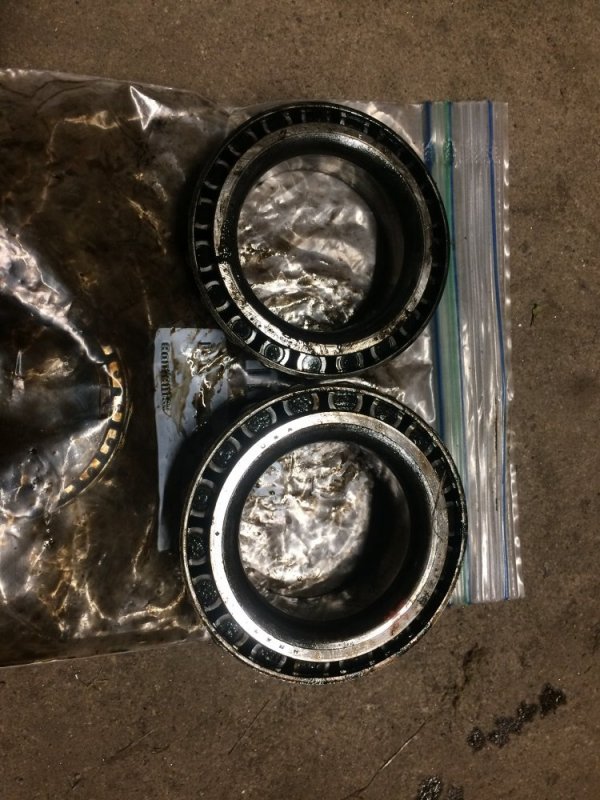
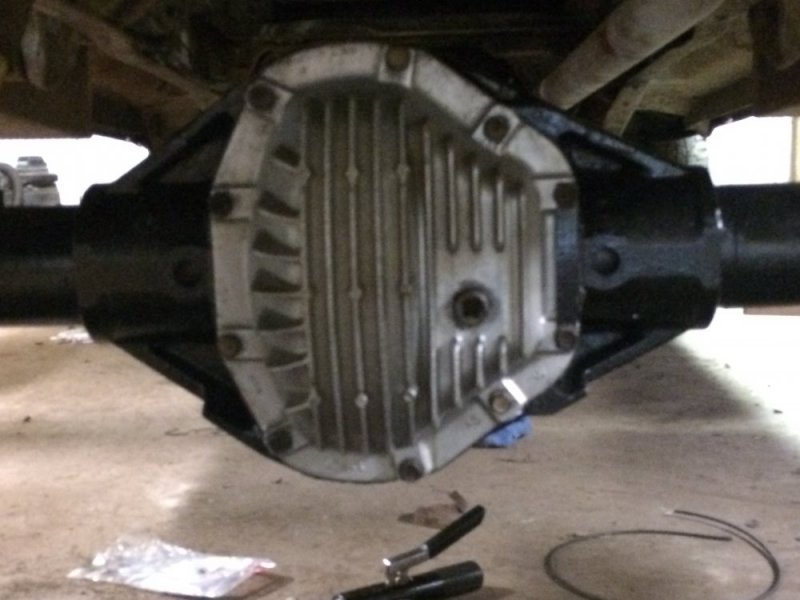
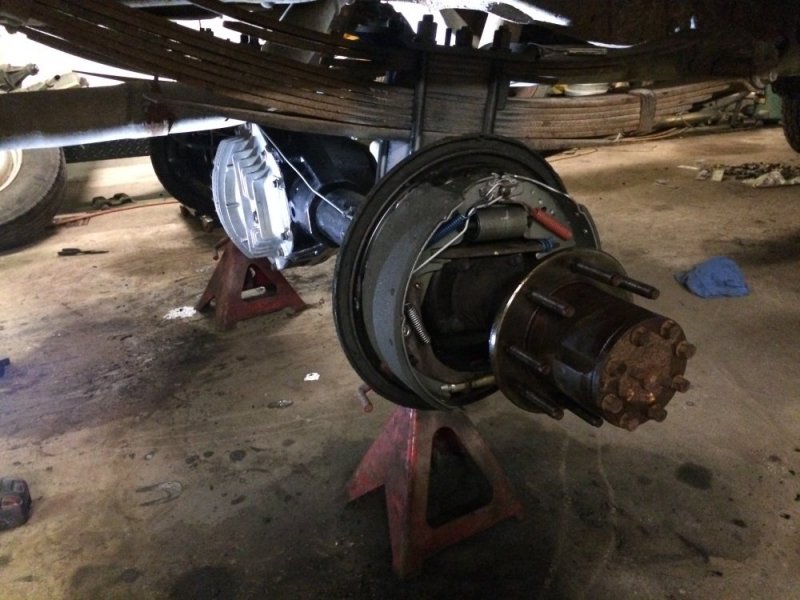
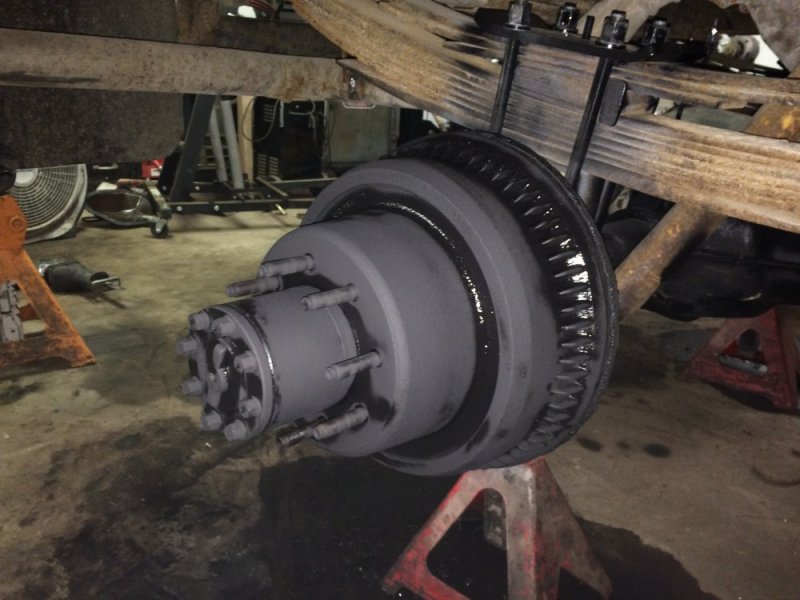
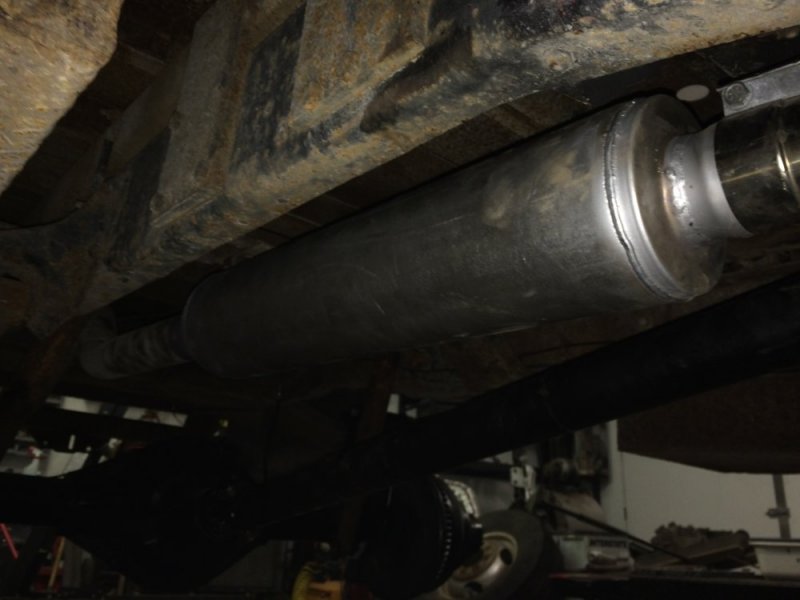
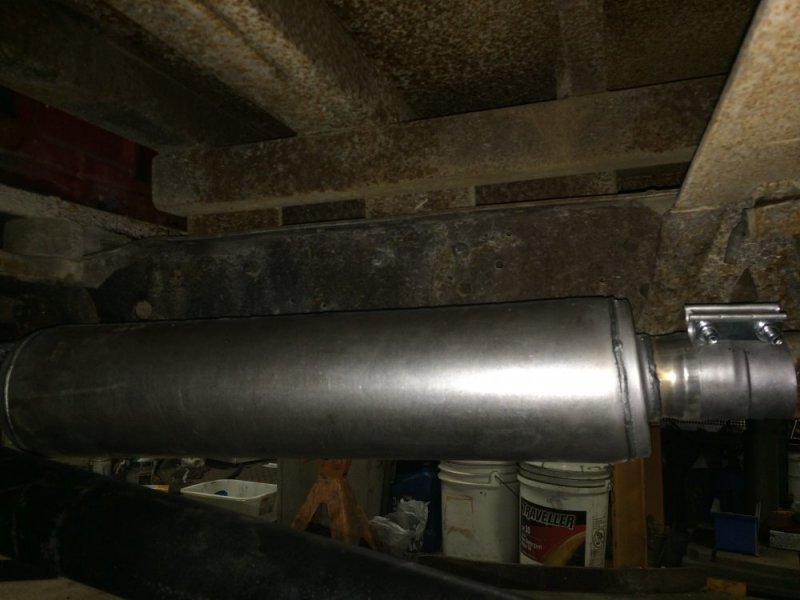
Thanks Jaryd. This thing has become more of a project than I anticipated, but the results are pretty rewarding. I'm excited to actually drive it soon.Looking good. She's coming together real nice for you it looks like.
Yes, one step at a time. Good thinking, though I will still probably remove it because that will also give me a chance to double check pushrod lengths and stuff.Well progress one step at a time. You can bench ble d on the truck, just undo the lines and put the hoses in like you would in the vice. Since you are pulling the front clip, you should be able to see when the bubbles are gone.
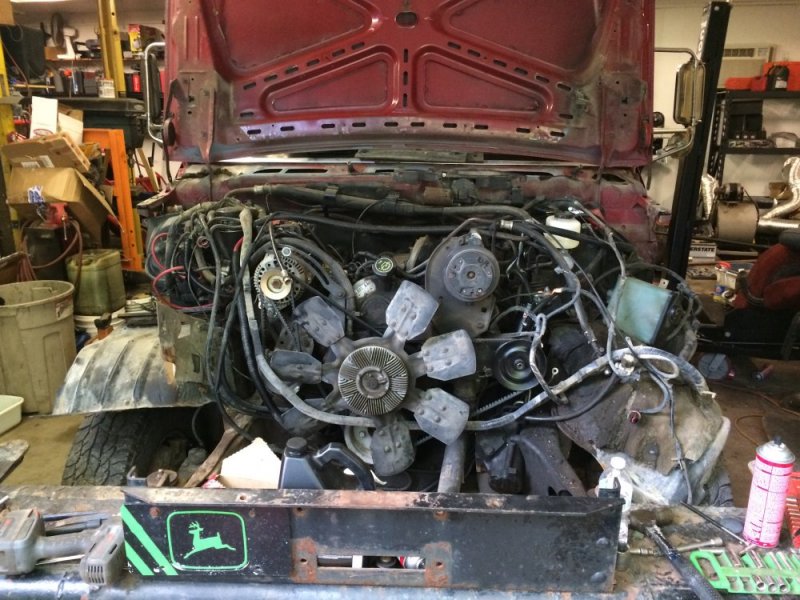
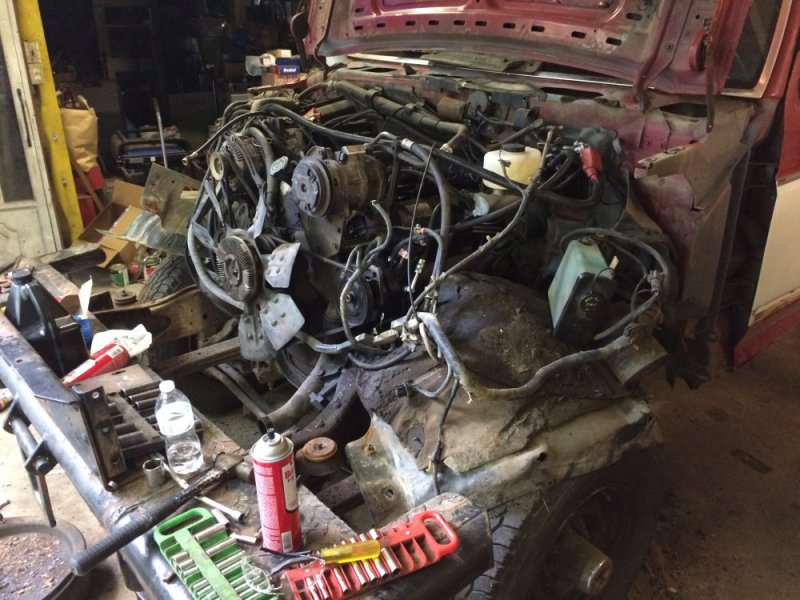
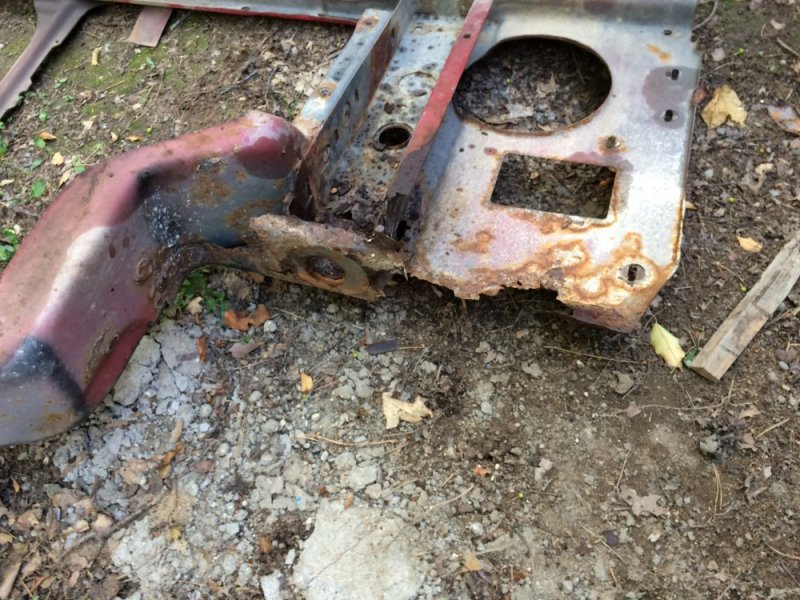
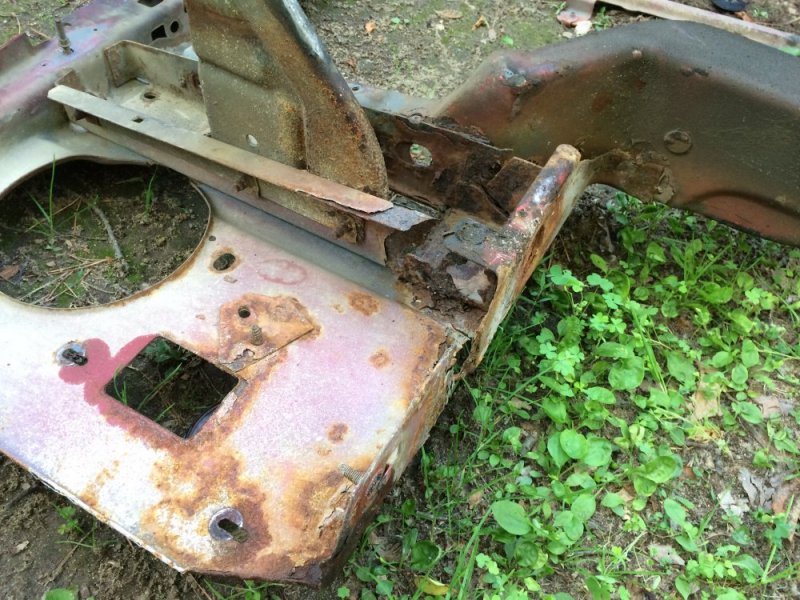
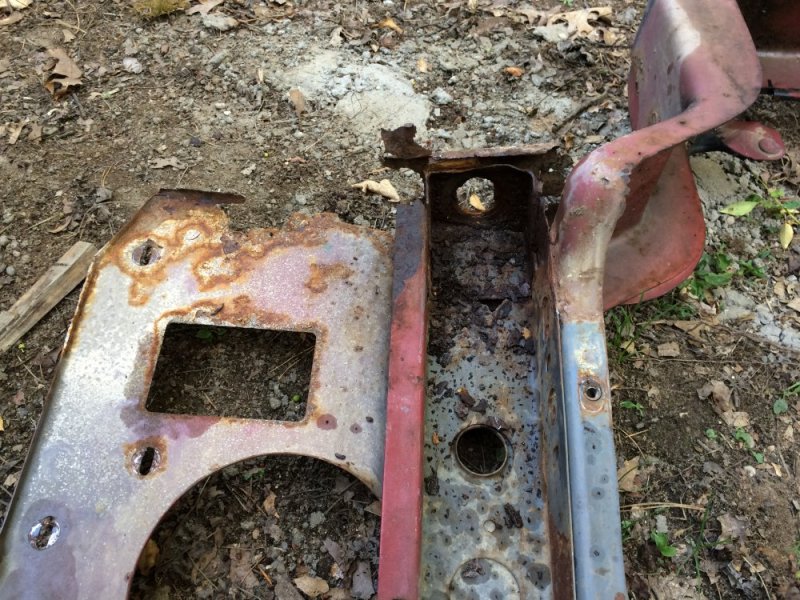
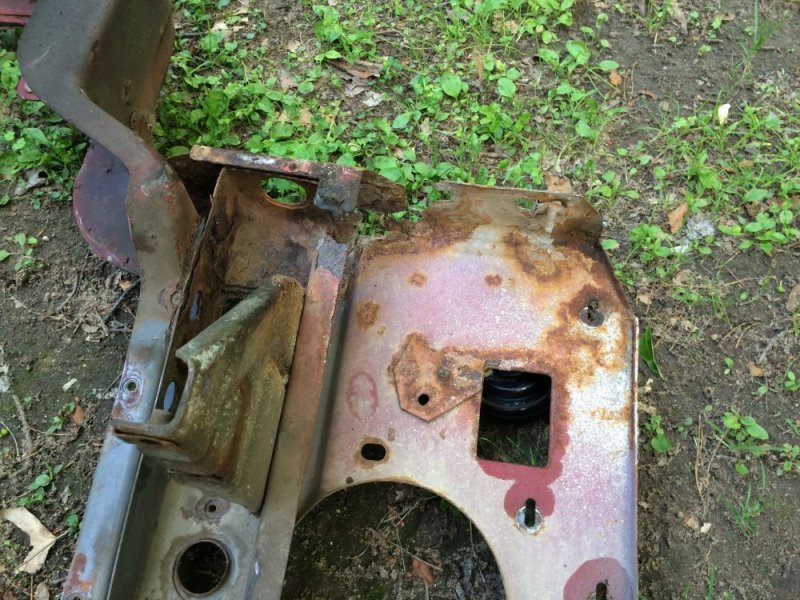
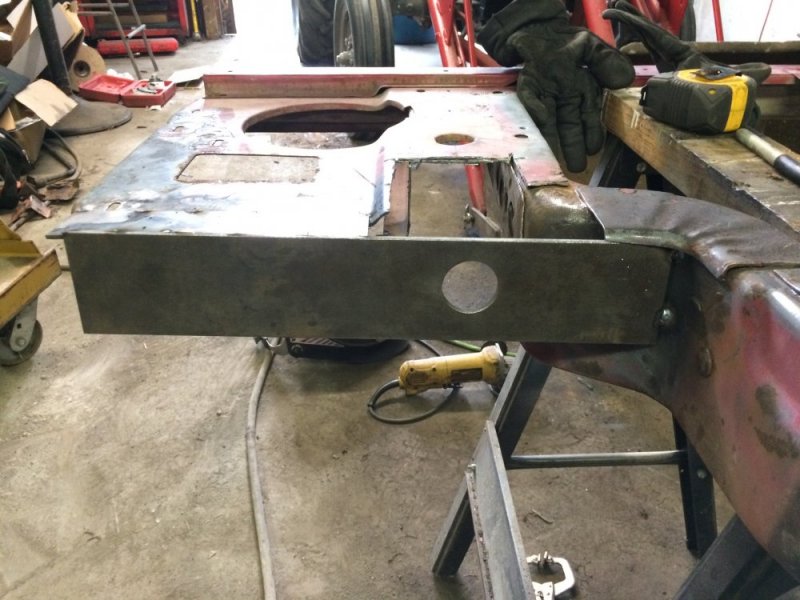
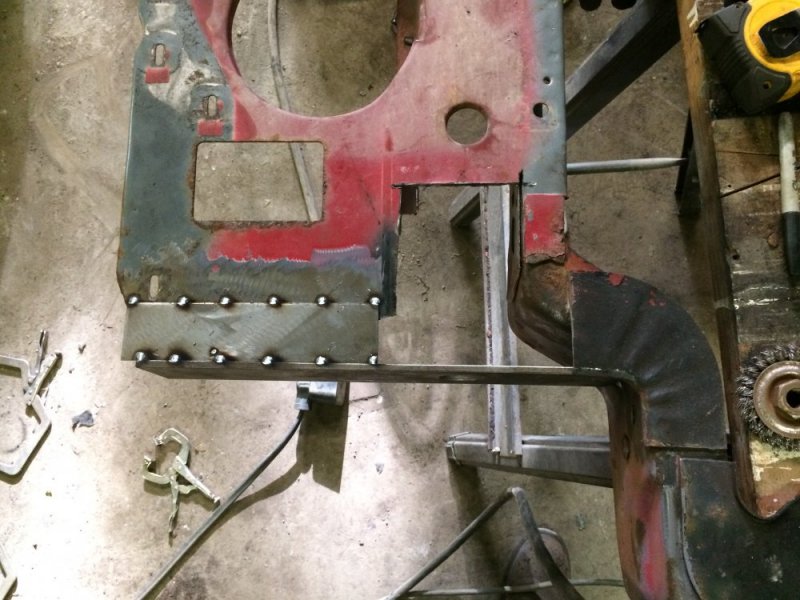
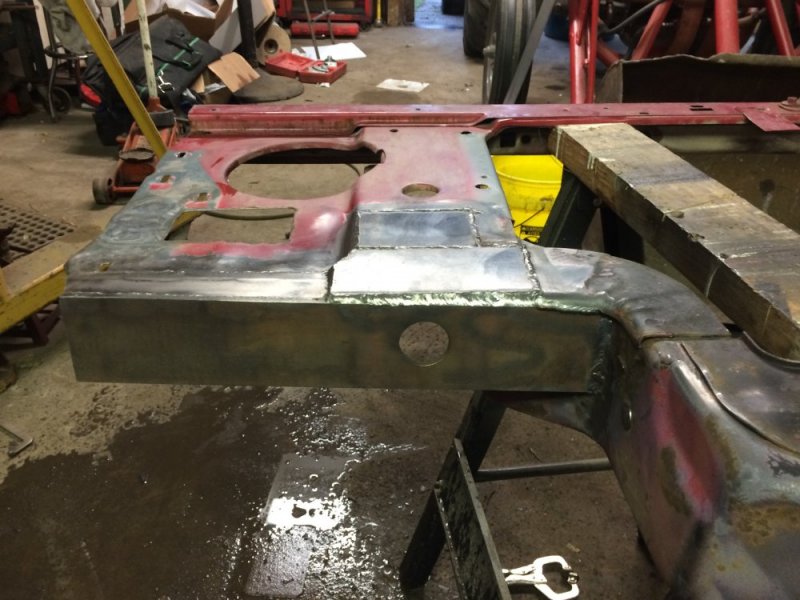
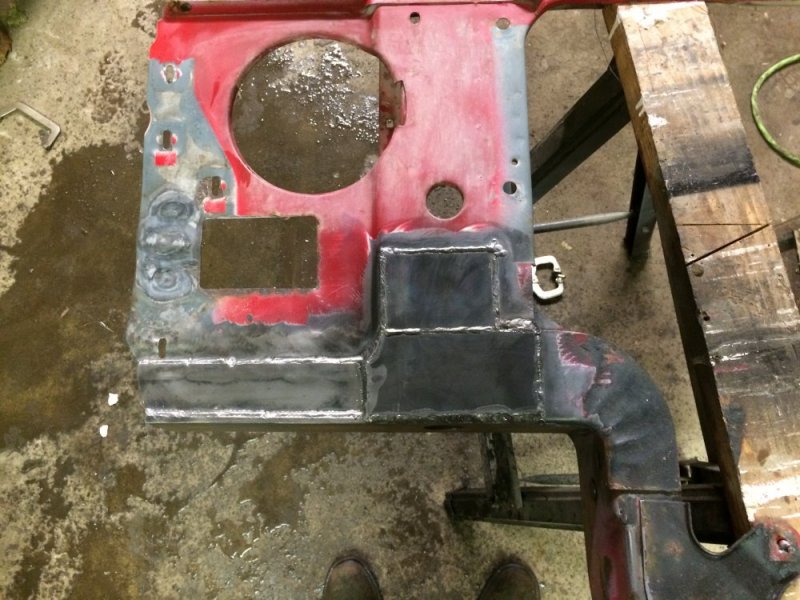
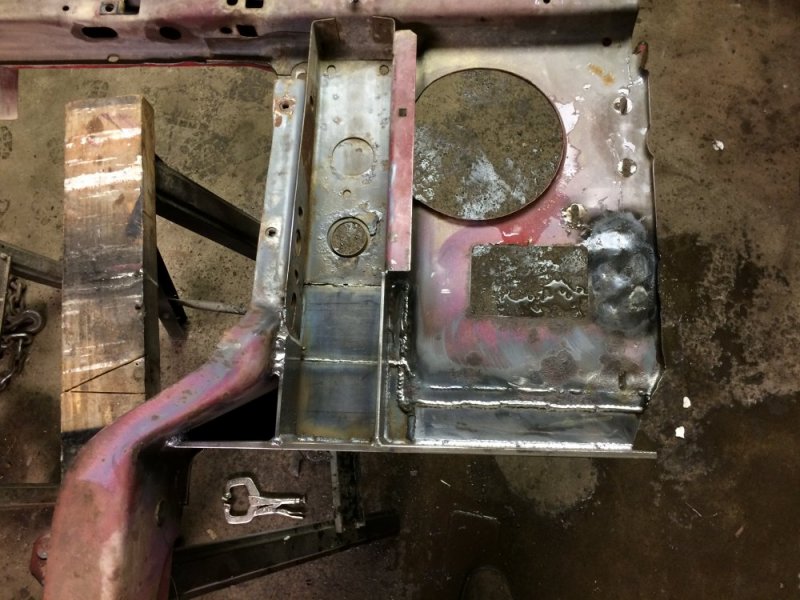
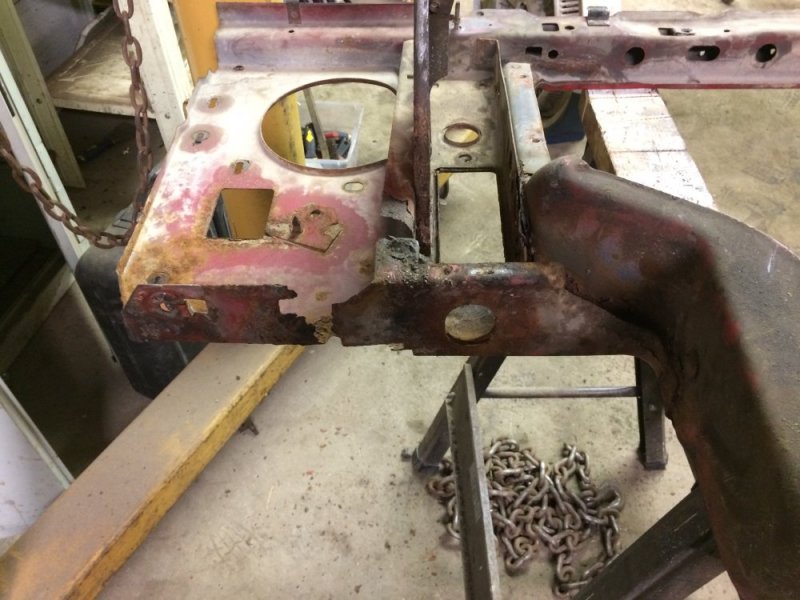
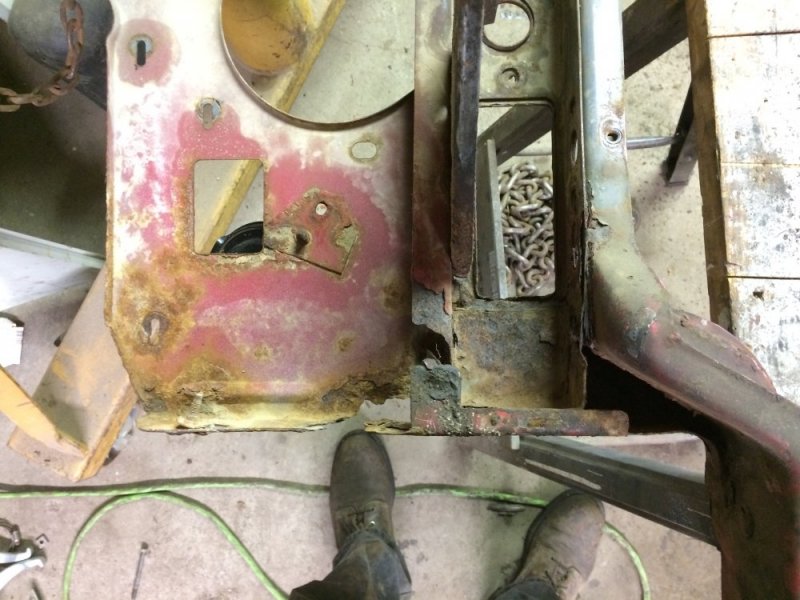
Thanks! You heat a small section of the metal red hot with a torch and immediately quench it with wet rags. You can also do it with a special shrinking hammer, but I've never had much luck with those.Looks sharp! What do you do to shrink the metal to take out the warp?
I see Will already answered this.......the only thing I can contribute is that sure, I suppose it technically makes it a bit more brittle, but not overly so. For example, after shrinking the metal you can work it with a hammer and dolly and the metal won't crack.....well, not under normal amounts of working, I'm sure it would eventually if you keep playing with it (which my parents told me to never do when I was a youngundoesn't that tend to make the metal brittle?